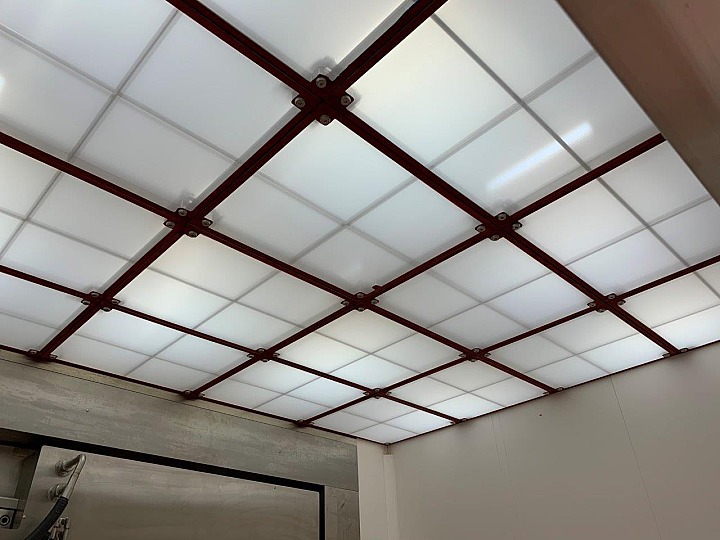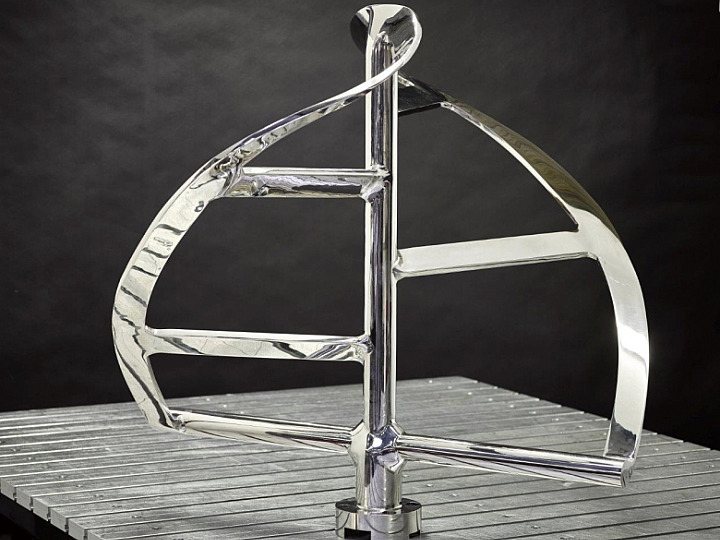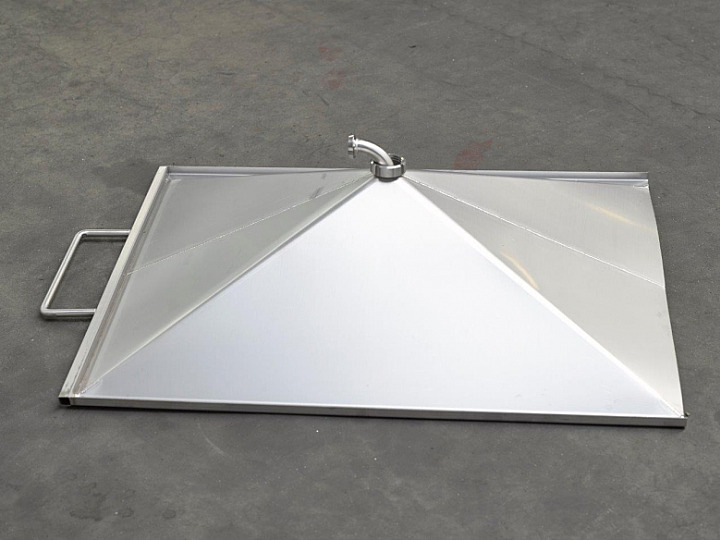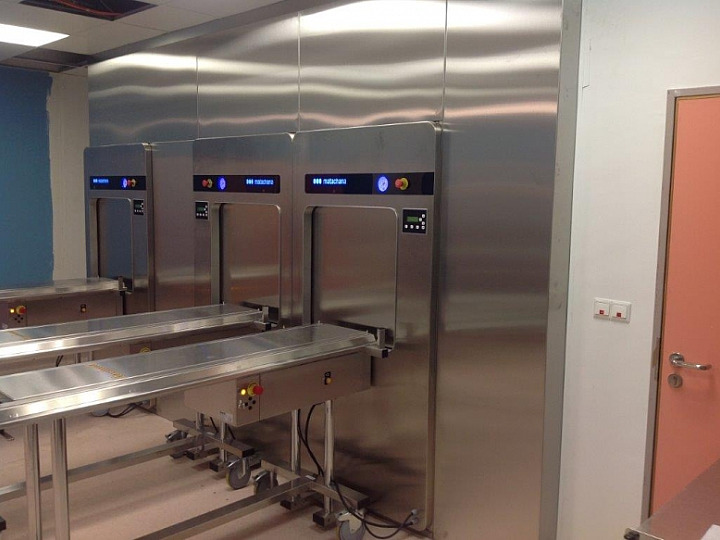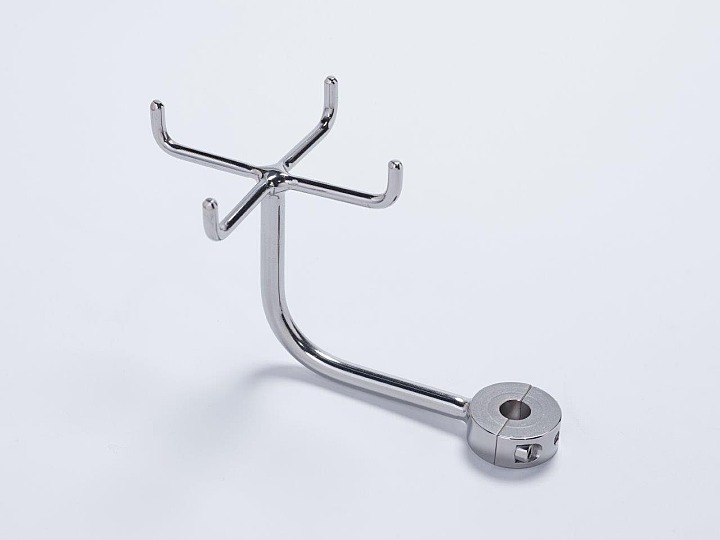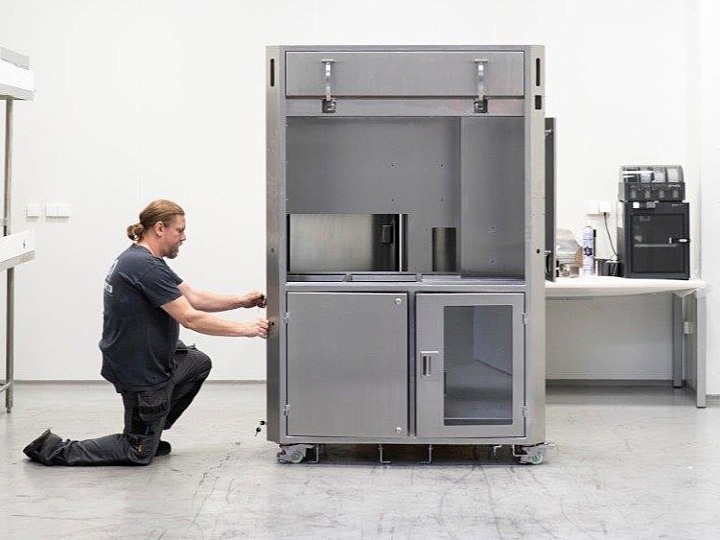Pharmaceutical industry
The pharmaceutical sector is our greatest specialty. Alinco designs and delivers tailor-made solutions such as pharma furniture, trolleys, LAF ceilings, and cleanroom finishes. All our products meet the strictest requirements for cleanroom grades, cleanability, and the most demanding pharmaceutical standards. With craftsmanship and precision, we support your processes and guarantee top-level quality.
Stainless steel is suitable for pharmaceutical applications, provided the correct grade and surface finish are chosen.
✅ Stainless Steel 316L (1.4404)
• Standard material in pharma for surfaces in contact with the product
• Highly resistant to acids, cleaning agents (CIP/SIP), and chlorine-containing substances
• Combines strength, cleanability, and long service life
• Often required by clients or validation procedures
• Frequently combined with an additional surface treatment such as electropolishing
• In our pharma experience, 20–25% of requests involve 316L stainless (and 100% for product-contact surfaces)
✅ Stainless Steel 304 (1.4301)
• Used in non-critical zones or support areas such as carts, furniture, or transition benches
• Not recommended for wet or aggressive cleaning environments
• Not suitable for direct contact surfaces in cleanrooms or production areas
In pharma, even more than in food applications, corrosion resistance, cleanability, and validation are key focus points:
• Proper radius design with no dead corners (e.g. in sinks)
• Surface roughness often <1.2 µm, <0.8 µm, or even <0.6 µm
• Full traceability of materials (including certificates & PMI testing)
• Proper weld finishing, without discoloration or inclusions
• Compatibility with FDA, EHEDG, cGMP, ISO 14644, etc.
👉 In short: It’s not just about the material — design, finish, and documentation all play a crucial role in determining whether something is truly pharma-grade.


